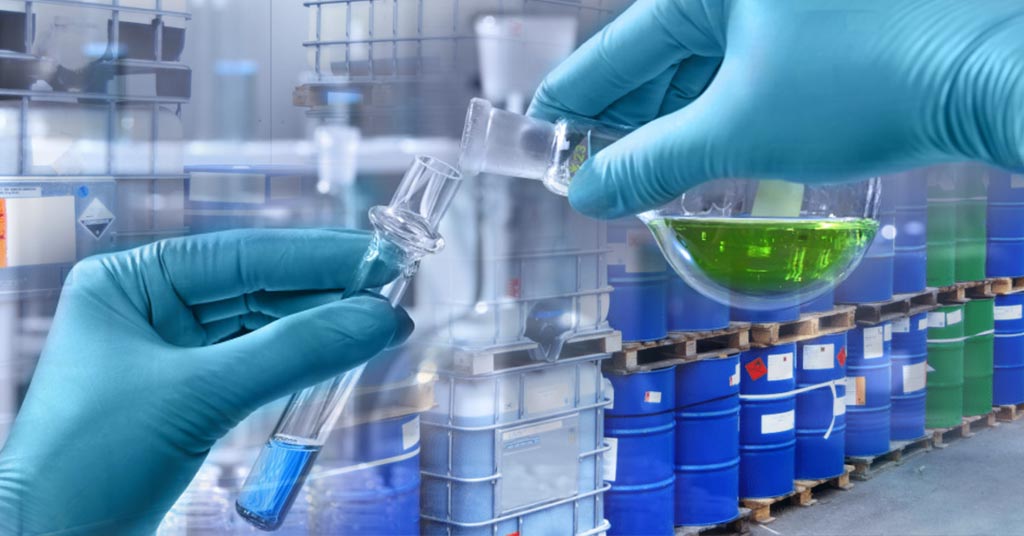USTC Achieves Milestone with Ammonia-Resistant Catalyst for Nickel-Based Fuel Cells
- 13-Sep-2023 7:22 PM
- Journalist: Nina Jiang
A groundbreaking achievement in fuel cell technology has emerged from the research team led by Prof. GAO Minrui at the University of Science and Technology of China (USTC), a prominent institution under the Chinese Academy of Sciences. Their recent accomplishment revolves around the development of an anion-exchange membrane fuel cell (AEMFC) anode catalyst, specifically engineered to exhibit remarkable resistance to the toxic effects of ammonia (NH3). This groundbreaking research has been documented in the Journal of the American Chemical Society, marking a significant step forward in the field of alternative energy sources.
Hydrogen fuel cells have gained immense significance within the contemporary energy industry due to their status as a clean and high-specific-energy power source. However, there has been a persistent challenge regarding the vulnerability of commercial platinum-on-carbon (Pt/C) catalysts to ammonia poisoning when used in hydrogen fuel cells. This unfortunate susceptibility to ammonia leads to a gradual degradation in performance, thereby impeding the efficient operation of fuel cells. Moreover, platinum-based catalysts exhibit sluggish kinetics when it comes to hydrogen oxidation in alkaline membrane fuel cells, which further exacerbates the issue by accelerating performance deterioration. Consequently, there exists an urgent and compelling demand for a new anode catalyst that not only boasts high activity but also demonstrates exceptional resistance to ammonia poisoning, thus facilitating the widespread application of AEMFCs.
The research team embarked on a quest to address this critical challenge. Their rationale was rooted in the concept that enriching the electron density around nickel (Ni) sites could effectively deter the lone-pair electron donation from ammonia molecules (NH3).
The introduction of the Cr modifier played a pivotal role in creating an electron-rich state that effectively inhibited σN-H→d supply. Simultaneously, it led to the downshifting of the d-band center, resulting in reduced d-band filling. This, in turn, limited the supply of d-electrons to the ammonia σ*N-H orbitals, collectively weakening the binding affinity of NH3. In summation, Cr-MoNi4 emerged as an efficient, highly NH3-resistant, and cost-effective negative hydrogen oxidation reaction (HOR) catalyst for AEMFC anodes.
Prof. GAO Minrui's research group at USTC has been dedicated to the development and application of non-precious metal electrocatalysts for AEMFCs. The significance of their latest findings extends beyond the laboratory, potentially catalyzing future research endeavors focused on the creation of platinum group metal (PGM)-free catalysts that are impervious to poisoning by impurity gases in hydrogen fuel cells. This represents a promising stride toward making hydrogen fuel cell technology even more accessible and sustainable, aligning with the global pursuit of cleaner energy solutions.



